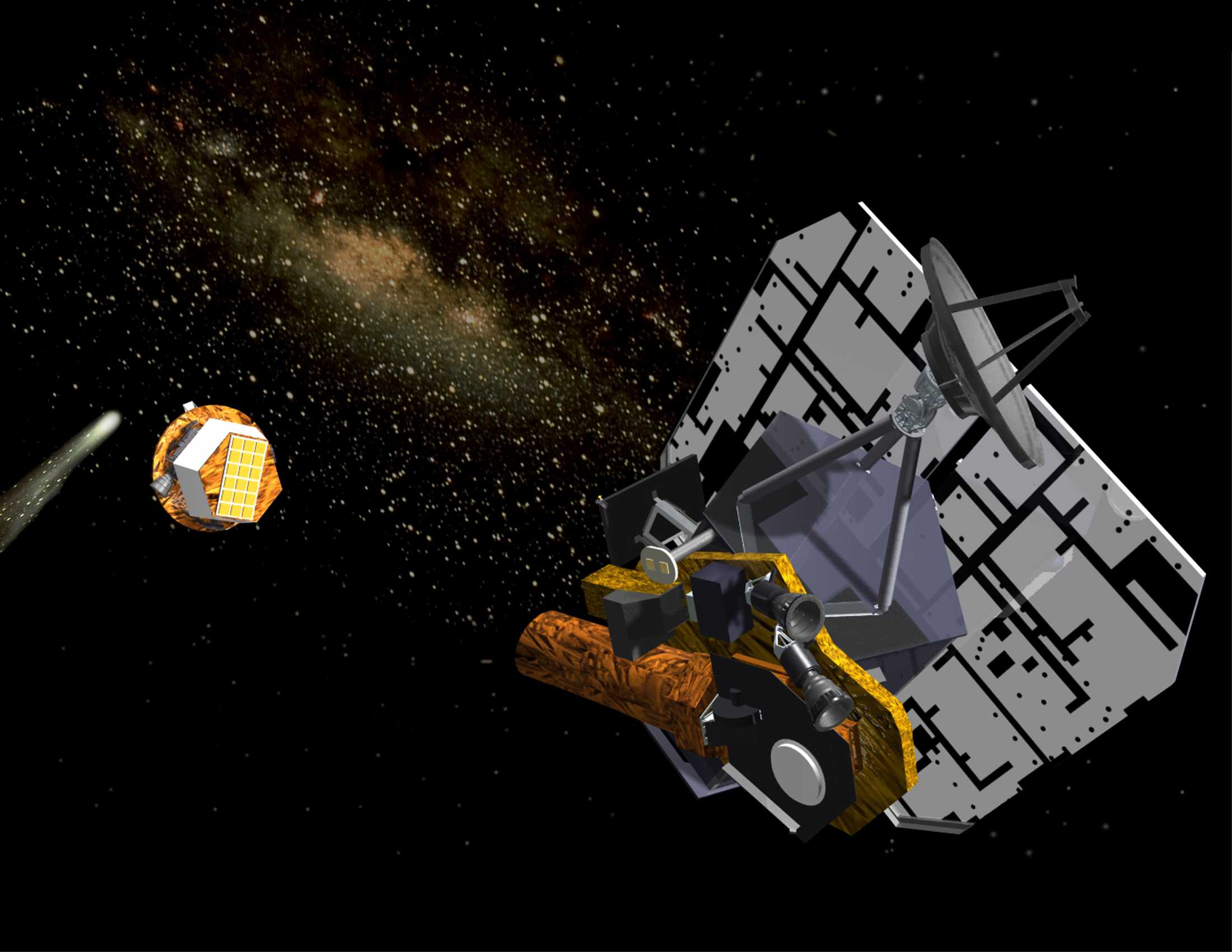http://www.nasa.gov/news/media/newsaudio/index.html wrote:
NASA News Audio Live Streaming (Tuesday, Oct. 26)
-------------------------------------------------------
Tuesday, Oct. 26, 11 a.m. EDT
International Team of Astronomers to Discuss Kepler Findings
The Kepler Asteroseismic Science Consortium (KASC) at Aarhus University in Denmark will hold a media teleconference to discuss the latest discoveries about stars and their structures using data from NASA's Kepler spacecraft.
Kepler, an observatory launched in March 2009, is designed to search for Earth-like planets orbiting other stars. NASA and the KASC developed a joint collaboration to further our understanding of the structure and evolution of stars. NASA's science team uses Kepler data to search for exoplanets, planets outside of the solar system. KASC uses it to investigate the astrophysics of stars. By using the natural pulse of stellar light waves, the research team has examined and characterized thousands of stars, thereby gaining new insights into stellar structure and evolution.
At the beginning of the telecon, supporting information will be posted at:
http://astro.phys.au.dk/KASC/.
The panelists are:
-- Natalie Batalha, professor of physics and astronomy, San Jose State University, California and co-investigator on NASA's Kepler Mission
-- Hans Kjeldsen, associate professor, KASC, Aarhus University, Denmark
-- Travis S. Metcalfe, scientist at The National Center for Atmospheric Research, Boulder, Colorado
-- Daniel Huber, Ph.D. student, University of Sydney, Australia
-- Thomas Kallinger, postdoctoral student, Universities of British Columbia, Canada
-- Katrien Kolenberg, postdoctoral student, Institute of Astronomy in Vienna, Austria
-- Steven Bloemen, Ph.D. student, Instituut voor Sterrenkunde, Katholieke Universiteit Leuven, Belgium
* A link to the streaming audio will appear here before the event.
-------------------------------------------------------
Tuesday, Oct. 26, 2 p.m. EDT
EPOXI's Upcoming Flyby and Study of Comet Hartley 2
NASA will host a media teleconference at to preview the EPOXI mission's upcoming flyby and study of the comet Hartley 2. The Nov. 4 encounter will provide the best, extended view of a comet in history.
The EPOXI mission, which uses the already "in-flight" Deep Impact spacecraft, will pass within approximately 435 miles of the half-mile-wide comet. The spacecraft will use two telescopes with digital color cameras and an infrared spectrometer to examine the dusty, icy body in detail during the flyby.
Teleconference participants are:
-- Michael A'Hearn, principal investigator, University of Maryland in College Park, Md.
-- Tim Larson, EPOXI project manager, Jet Propulsion Laboratory
-- Amy Walsh, EPOXI systems engineering lead, Ball Aerospace & Technologies in Boulder, Colo.
-- Malcolm Hartley, astronomer and discoverer of Hartley 2
* A link to the streaming audio will appear here before the event.  Comet Hartley Passes a Double Star Cluster
Comet Hartley Passes a Double Star Cluster
